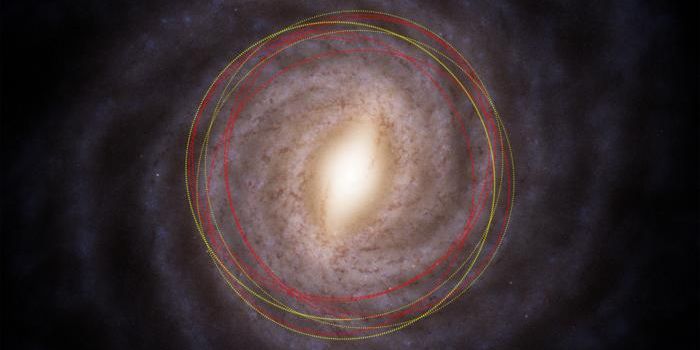Here's What Makes Mars So Challenging to Land On
Humankind has sent spacecraft to a plethora of worlds in our solar system, including asteroids, comets, moons, and planets. Of all, Mars has consistently proven to be the most difficult to stick a landing on; but have you ever wondered why that’s the case?
Of all the Martian landing attempts to date, only 40% have succeeded. Despite the flat terrain that comprises the Martian surface and the lack of apparent toxic clouds in the air, we can attribute Mars’ unique atmospheric qualities to the challenges of landing a spacecraft on the red planet safely.
Mars’ atmosphere is 100 times thinner than that of Earth’s, making parachutes up to ten times less effective at slowing the spacecraft down during descent. We can combat this quandary with bigger parachutes, but you can only make a parachute so large before it becomes prone to rips and failure.
Instead, NASA uses carefully-planned landing techniques involving parachutes and thrusters. After the parachute drops the entry speed to around 200 miles per hour, landing thrusters carry the spacecraft down the rest of the way. When it comes to landing with thrusters, timing is everything; deploying too early or too late ruins the landing entirely.
Only three space agencies have ever landed on Mars, and none of them have a perfect record. But as we practice these techniques again and again, perhaps that 40% figure will improve with time.








